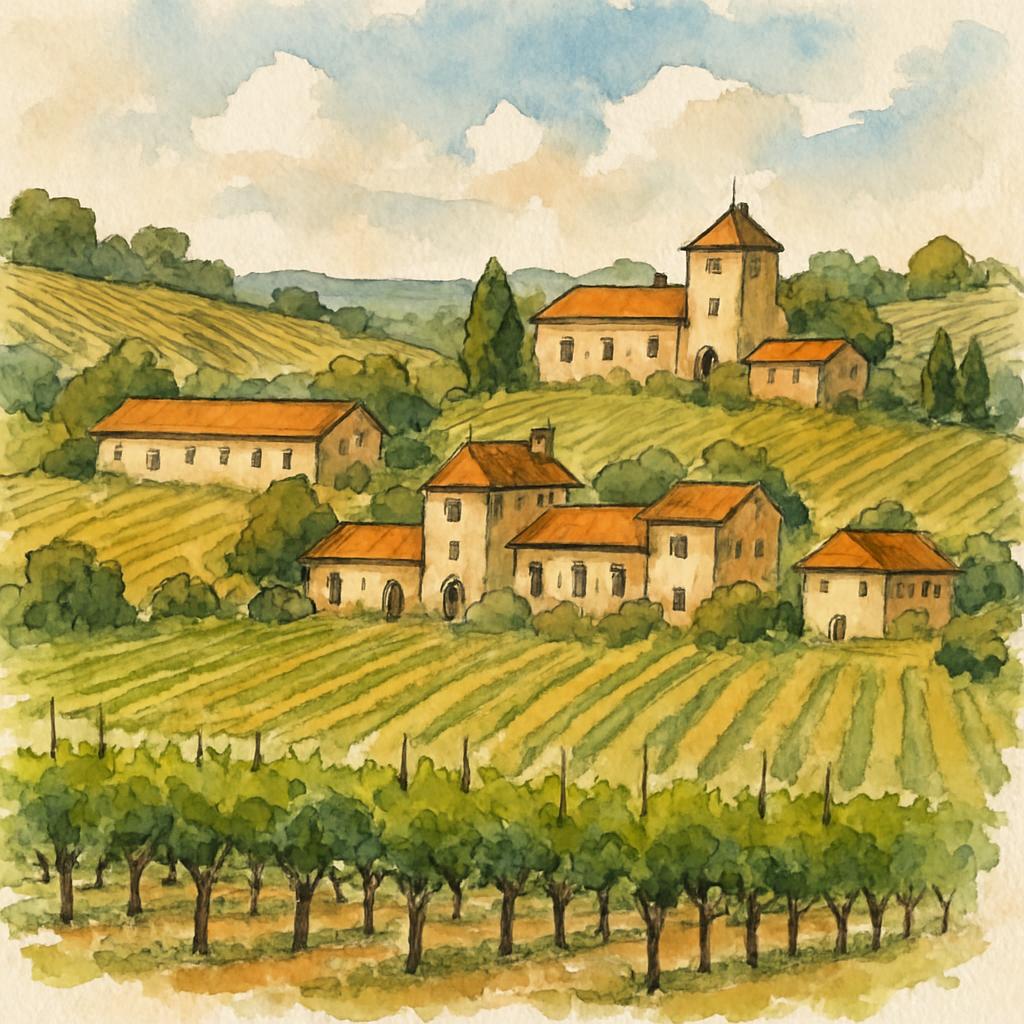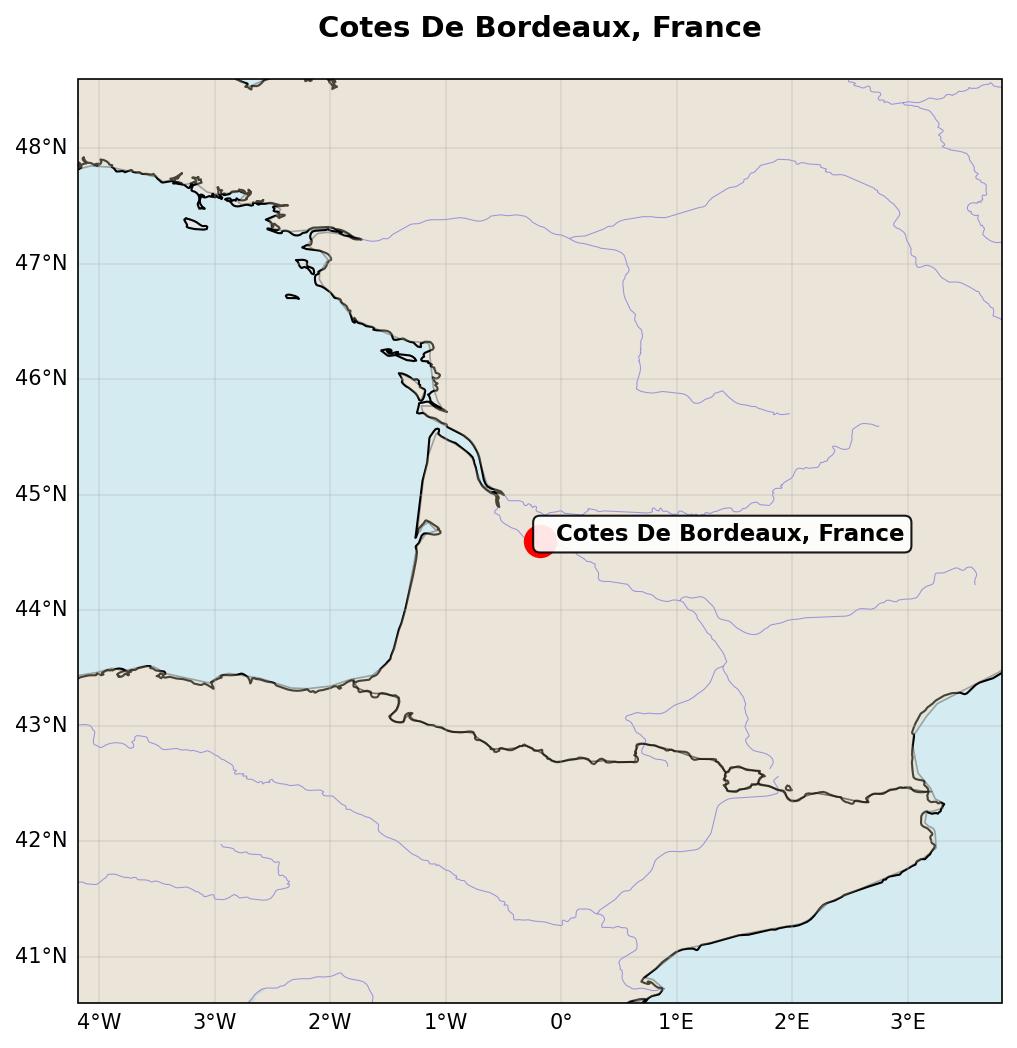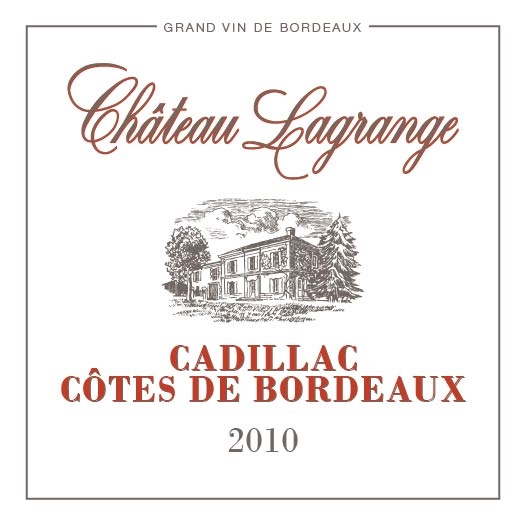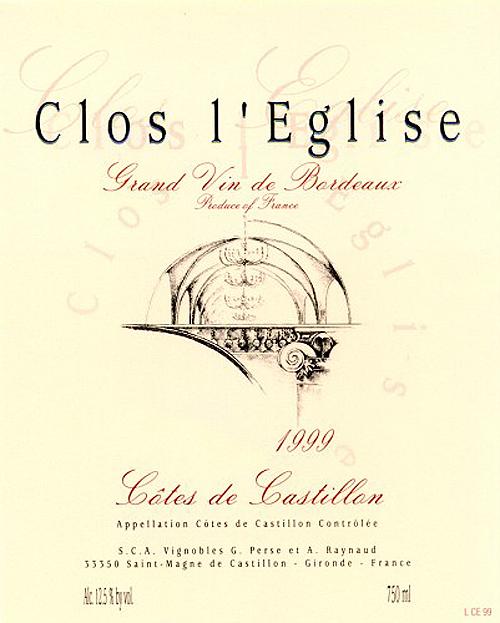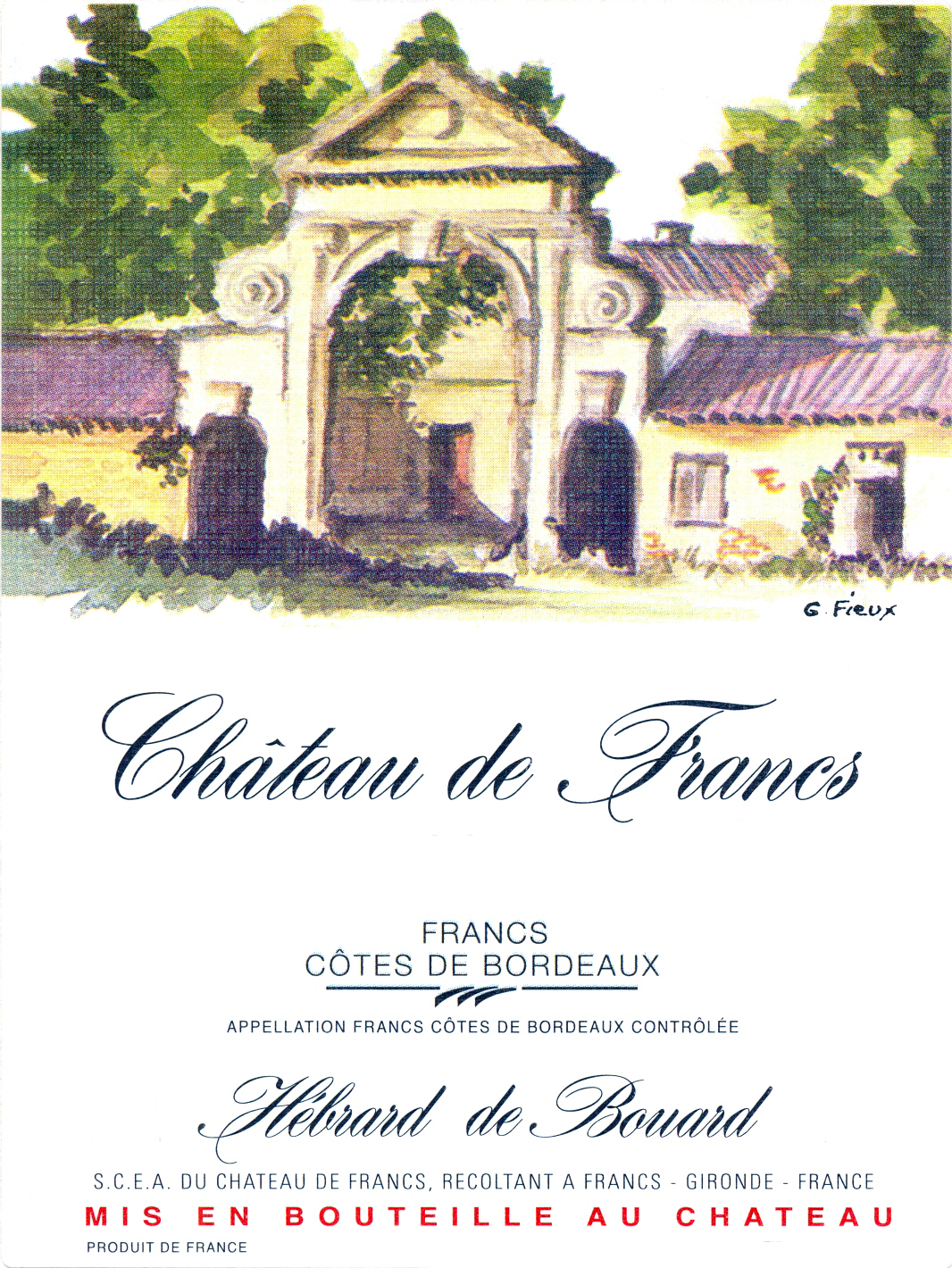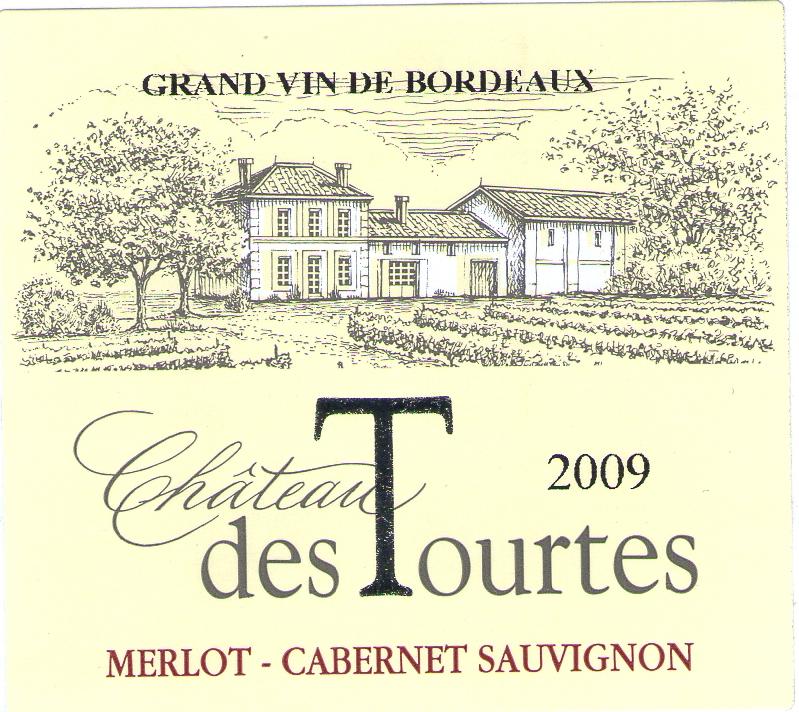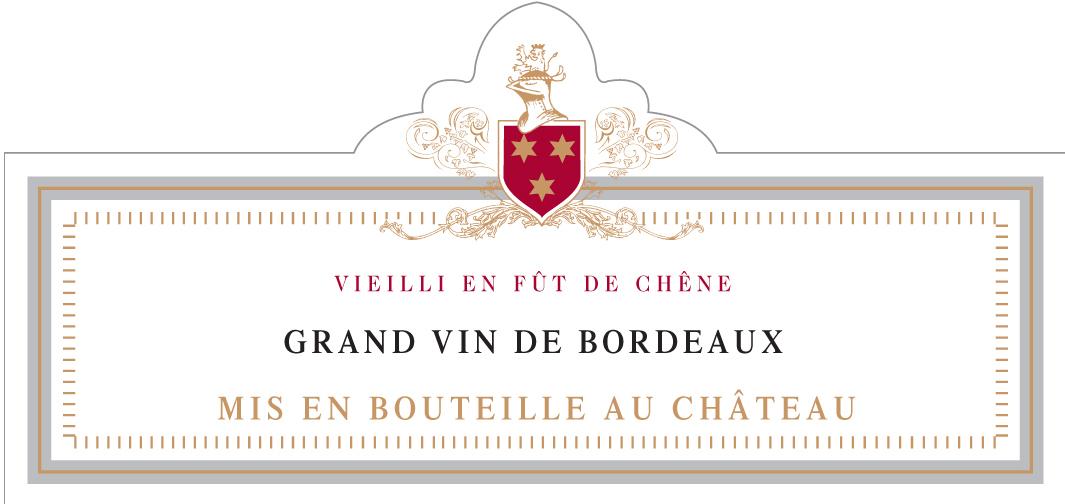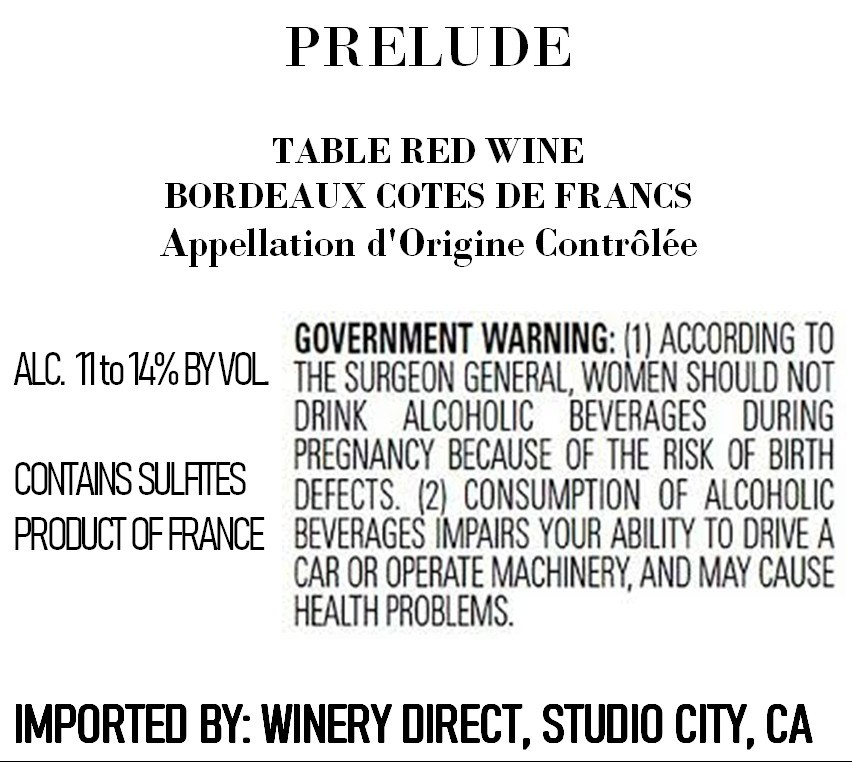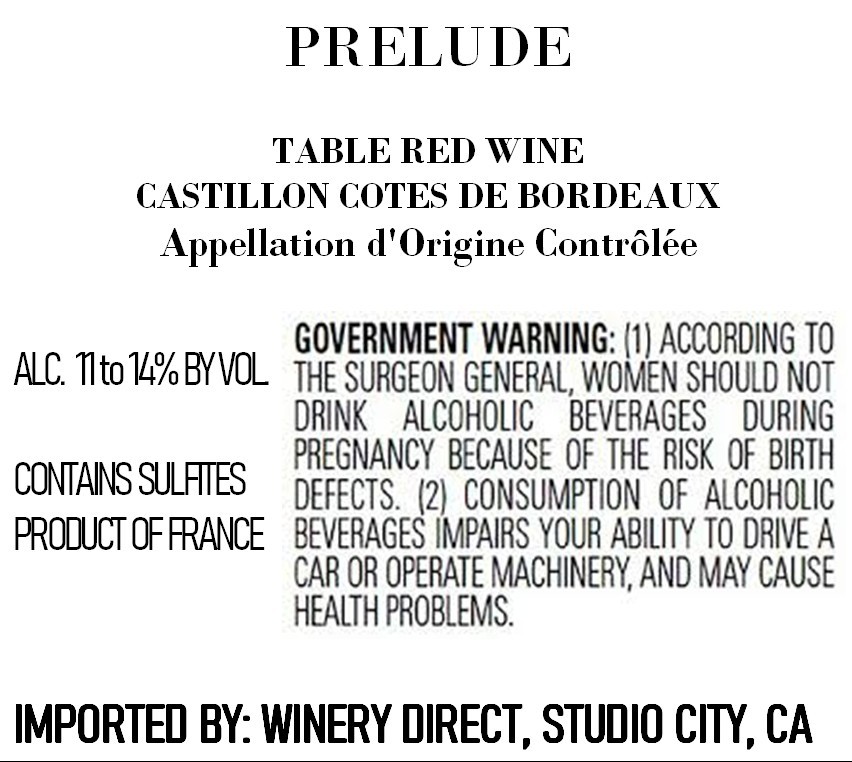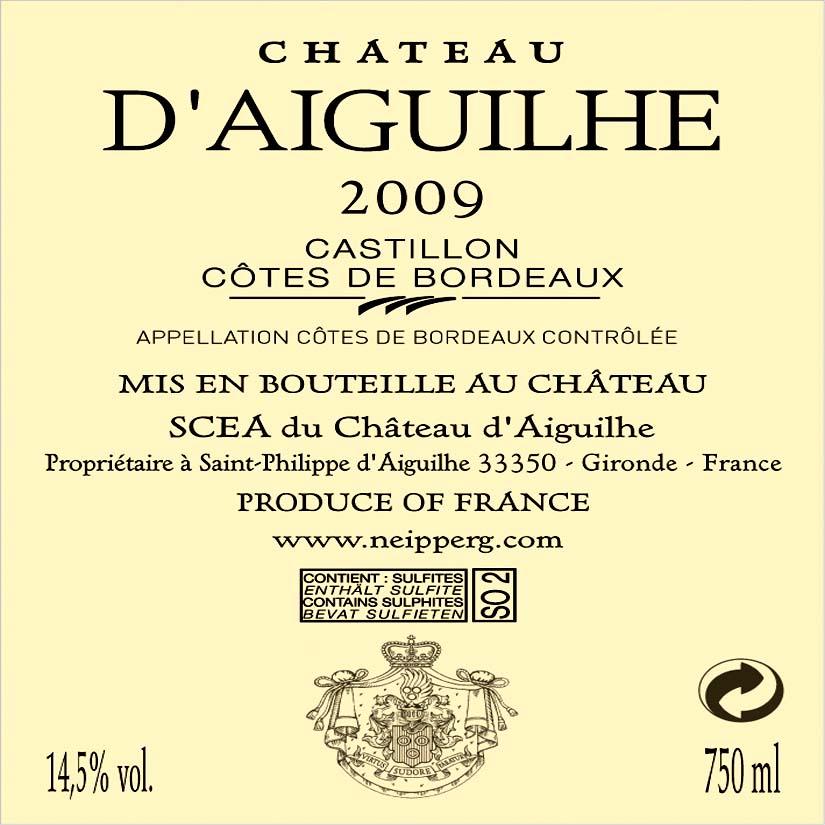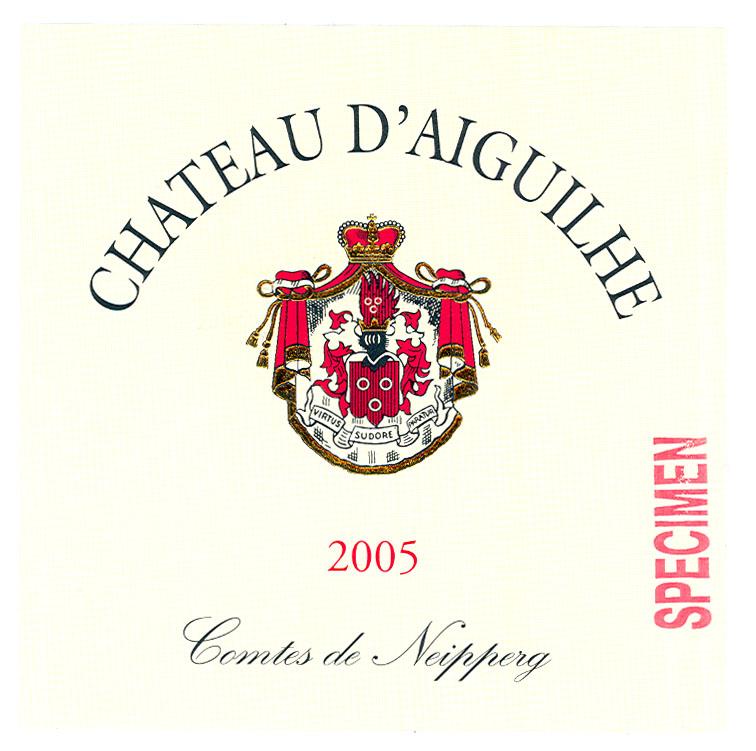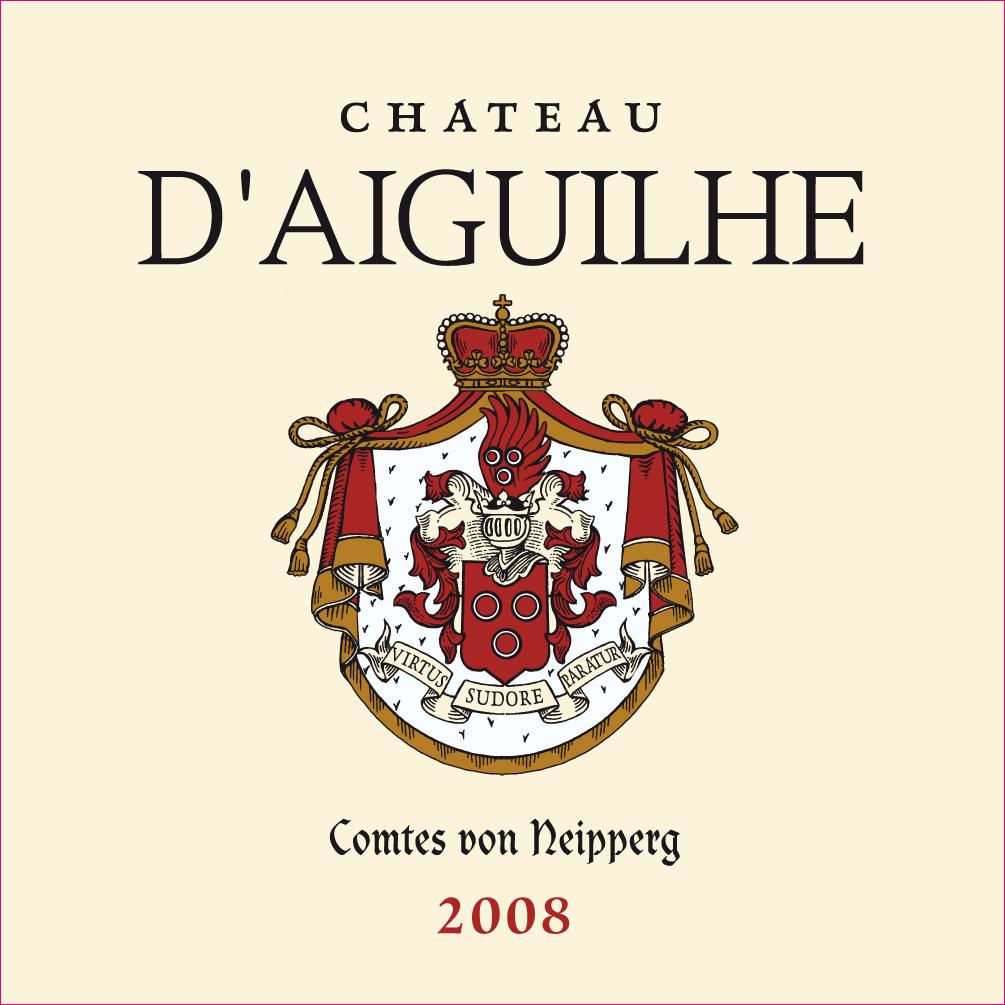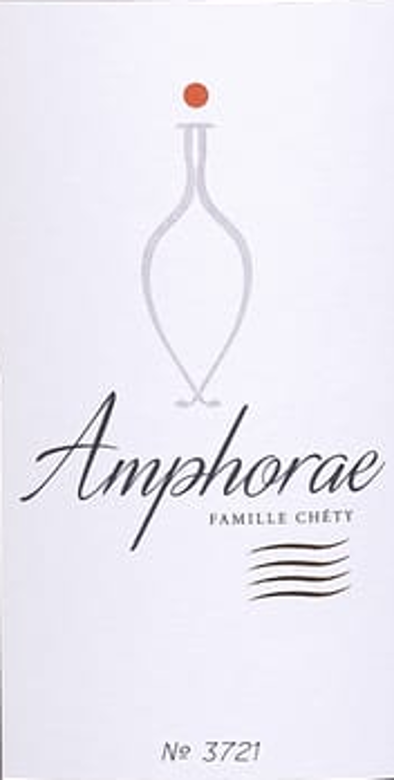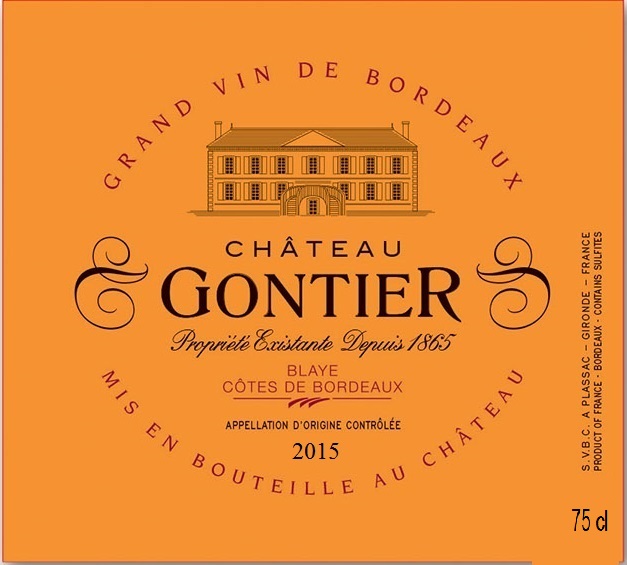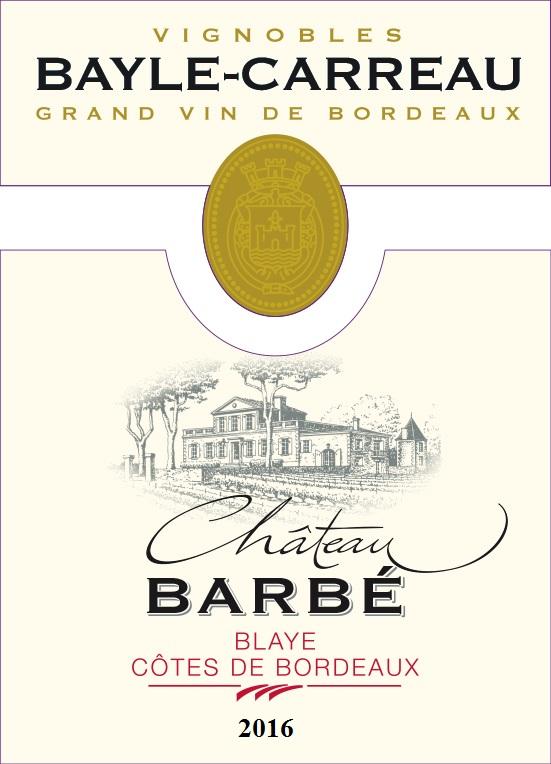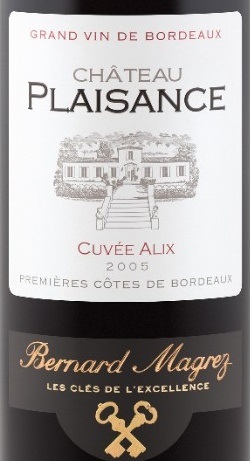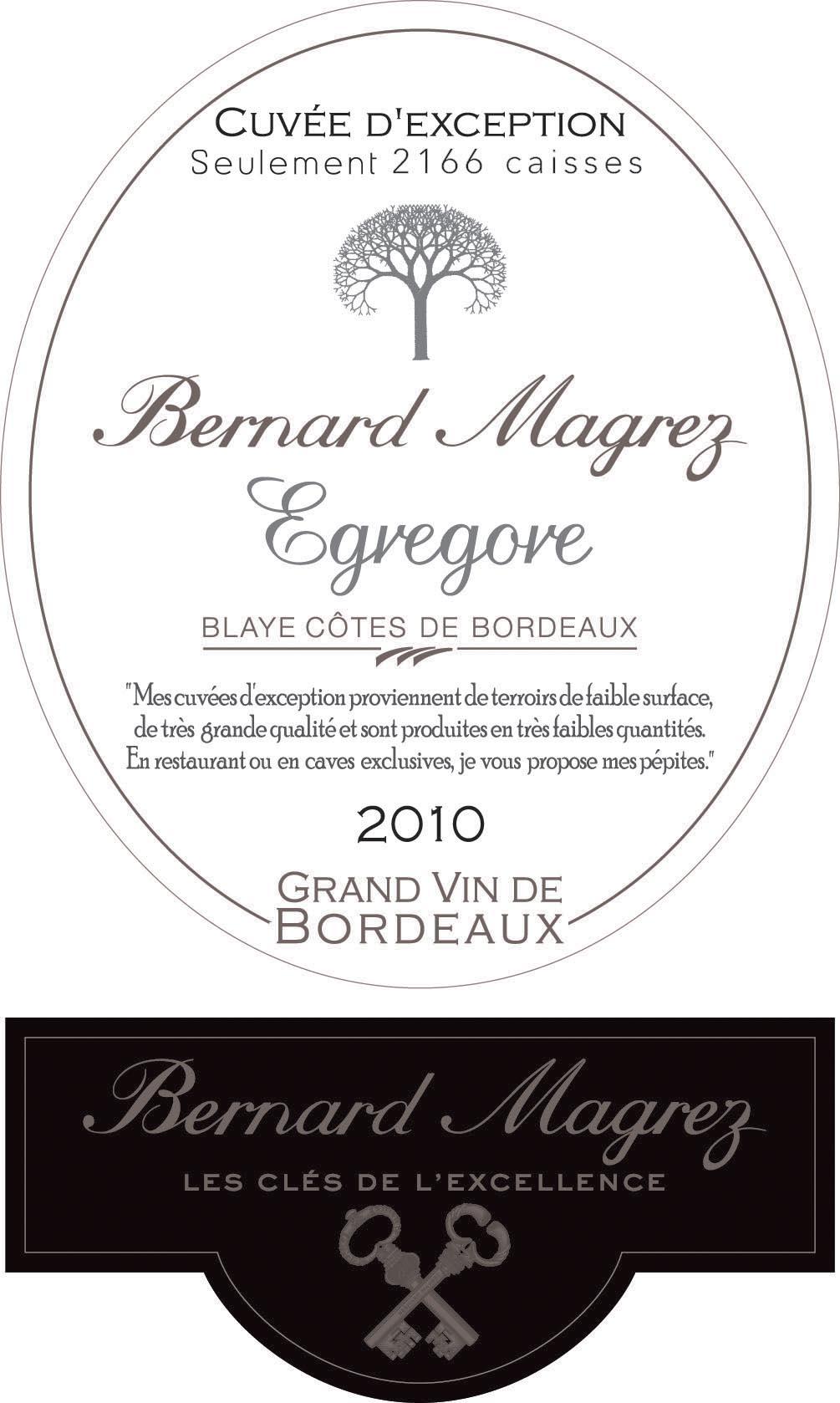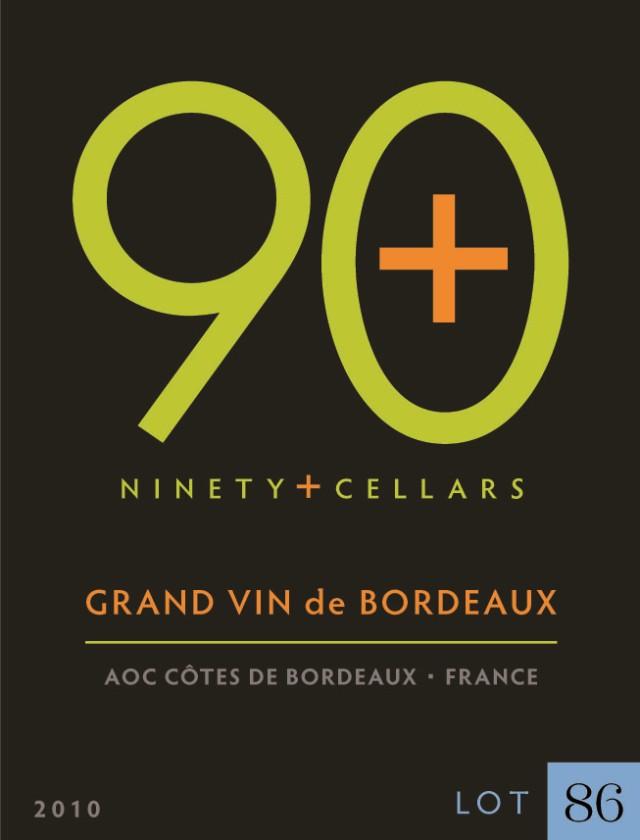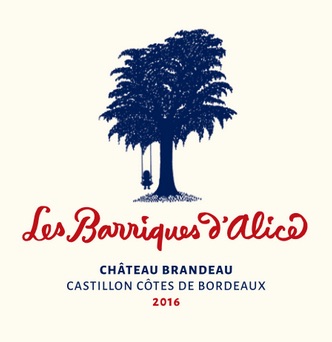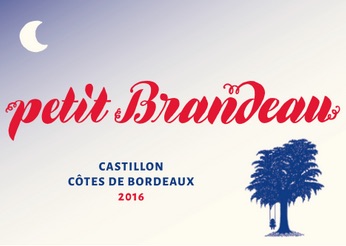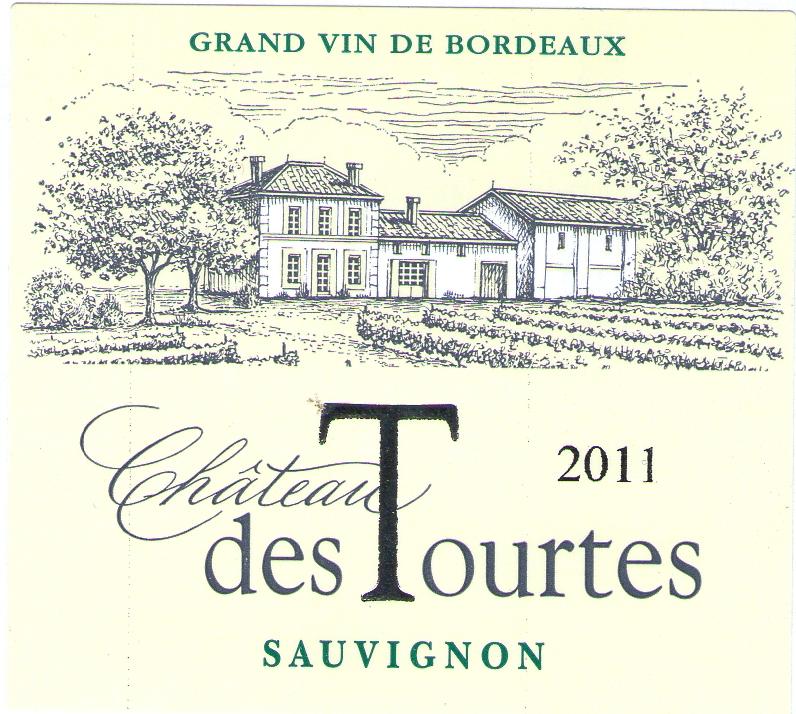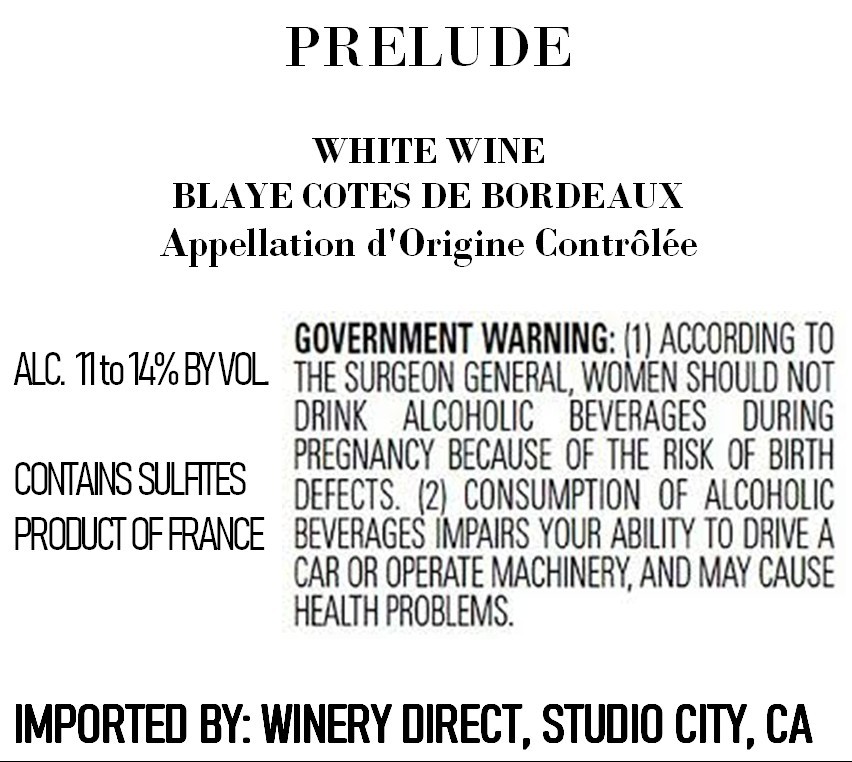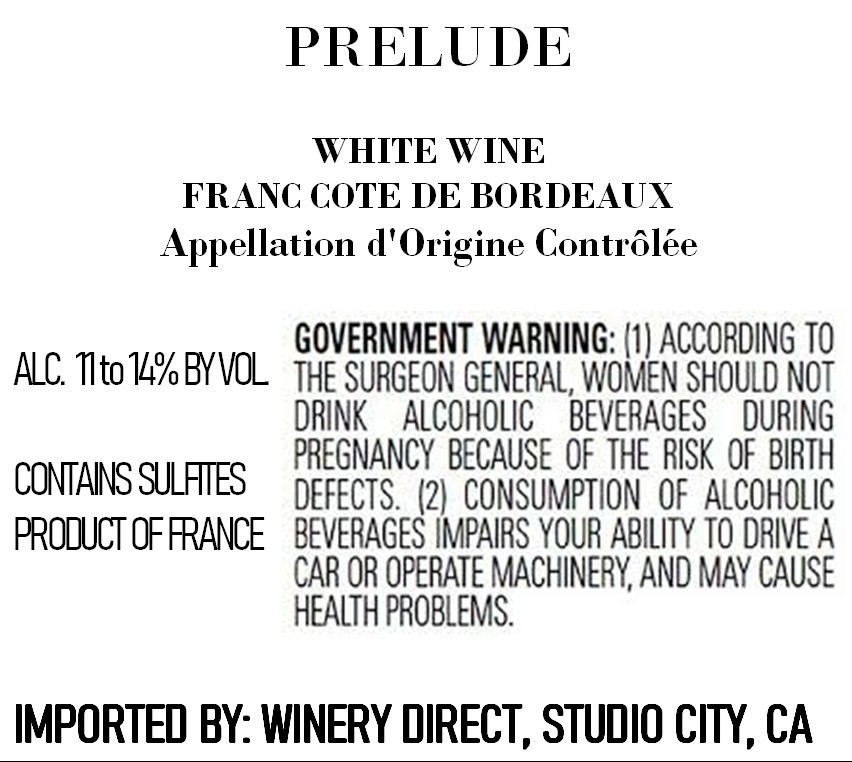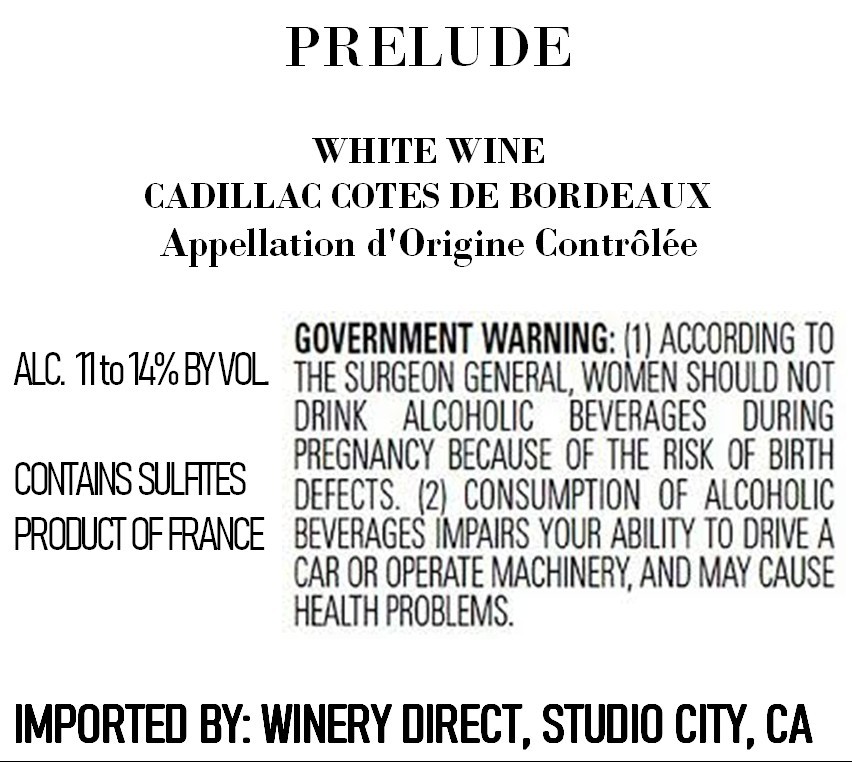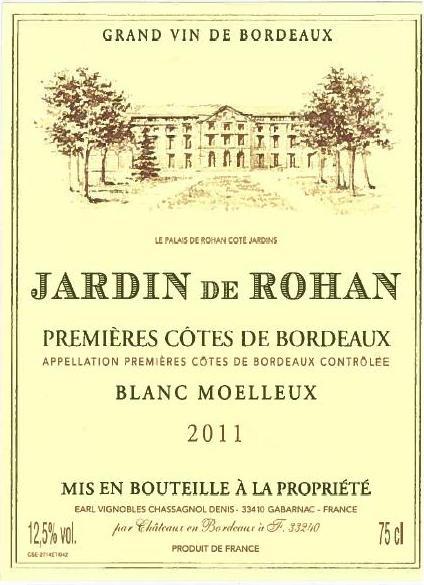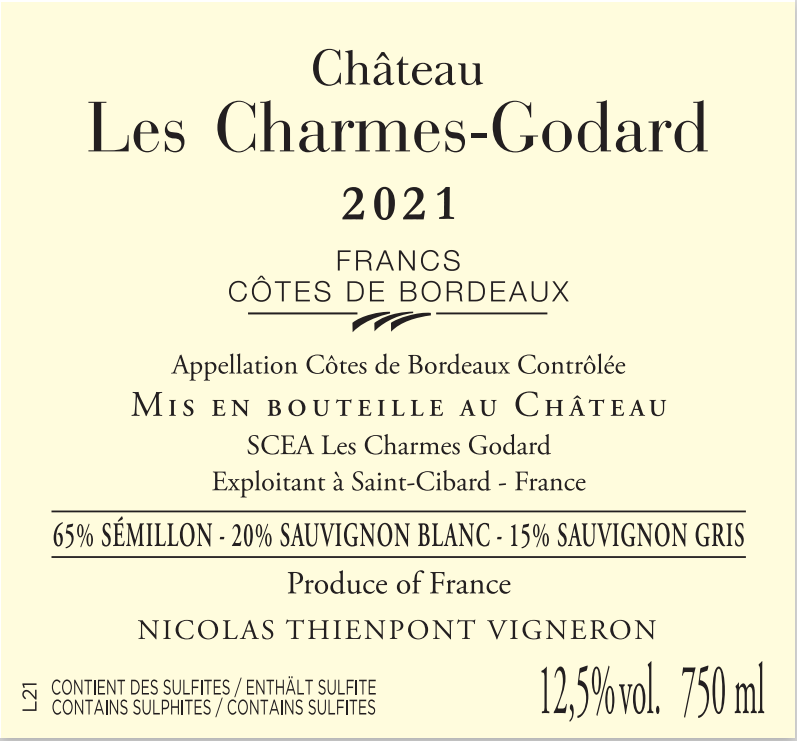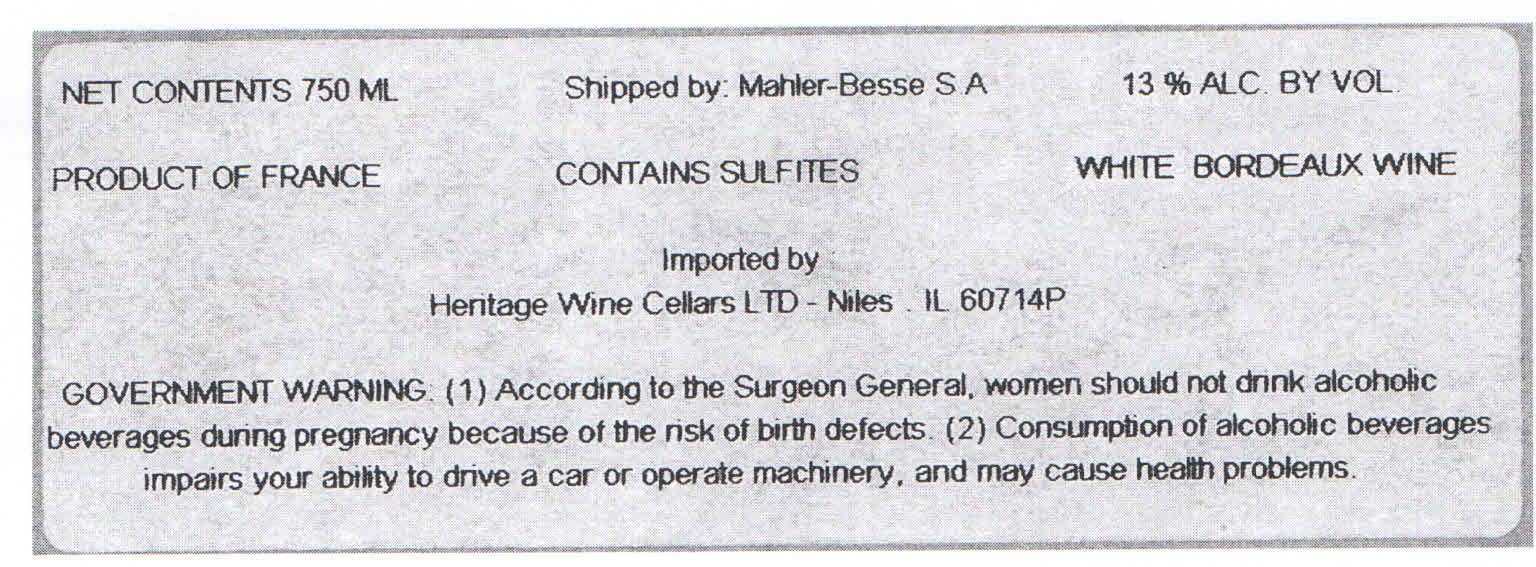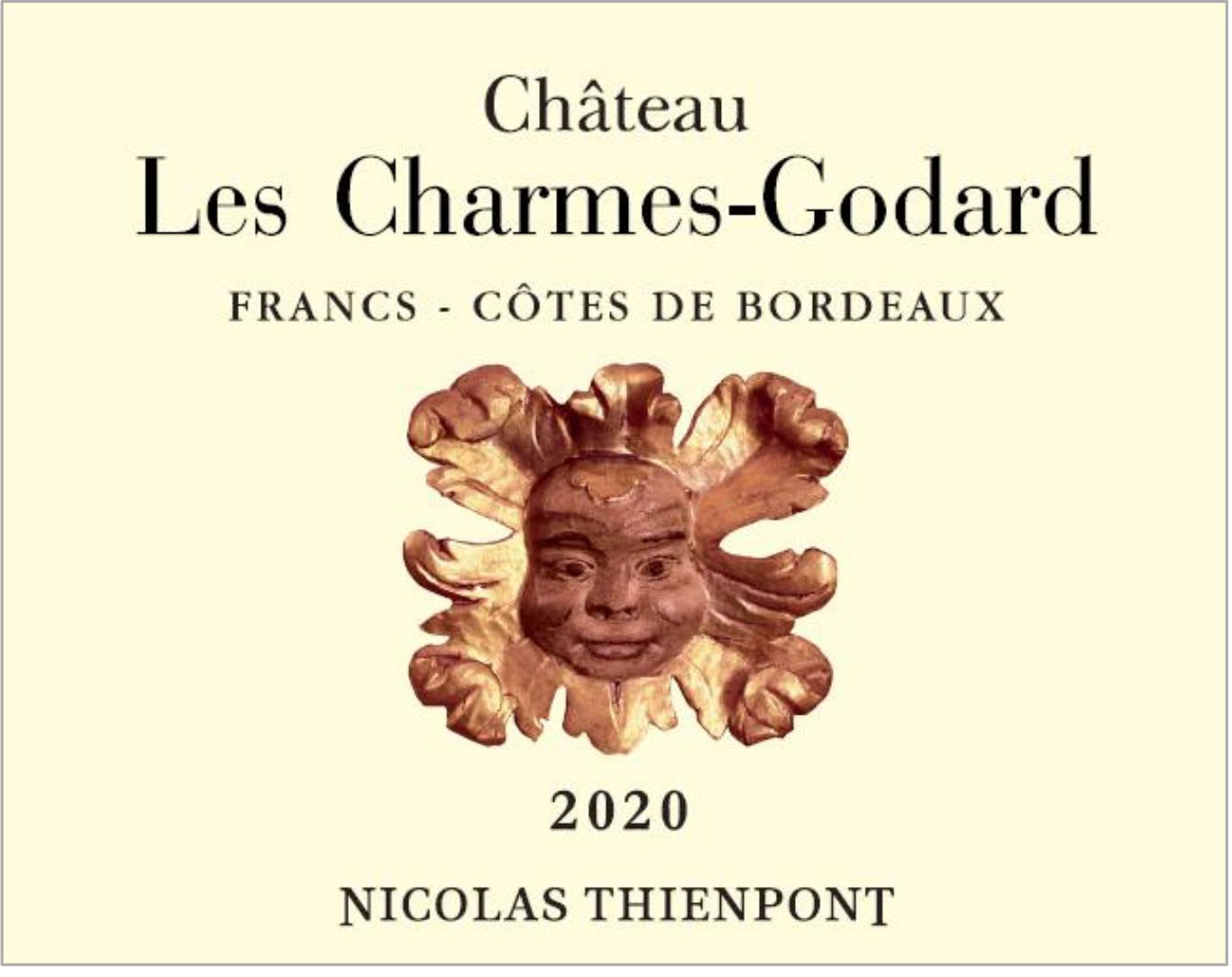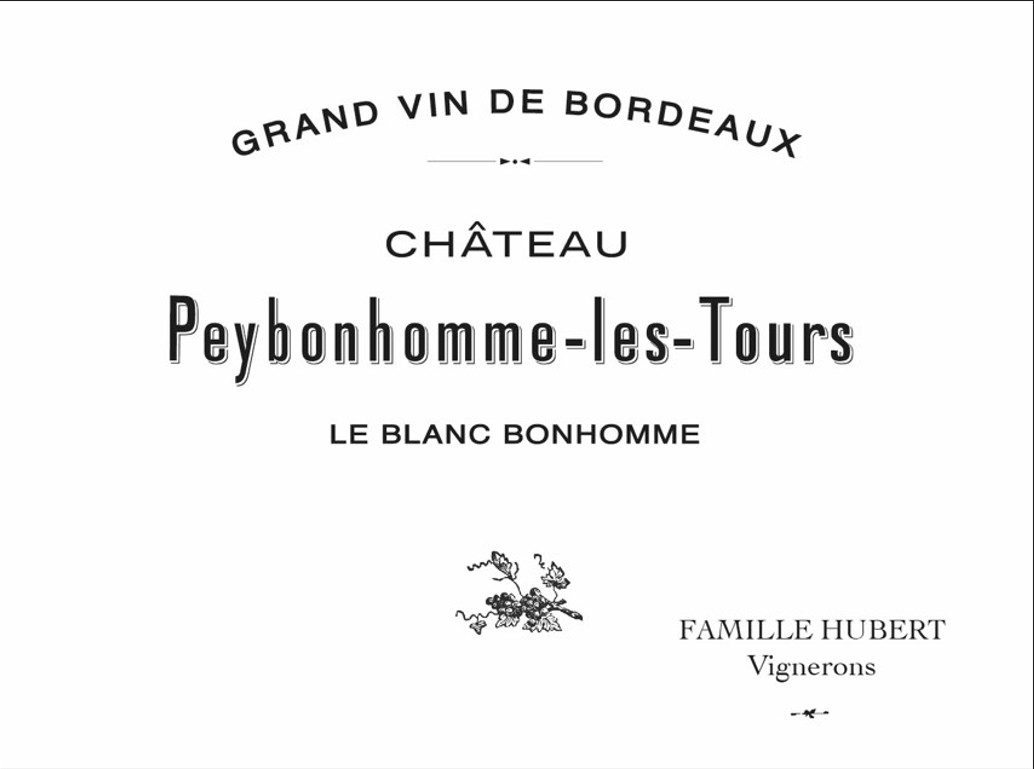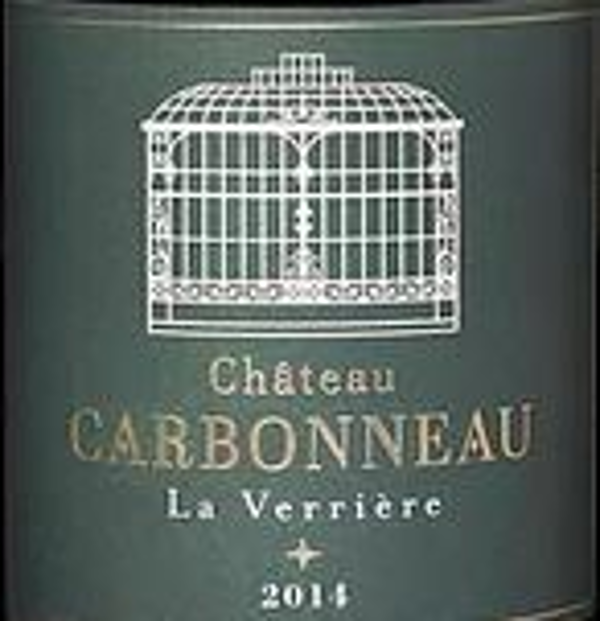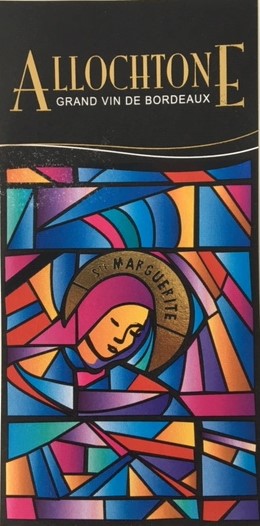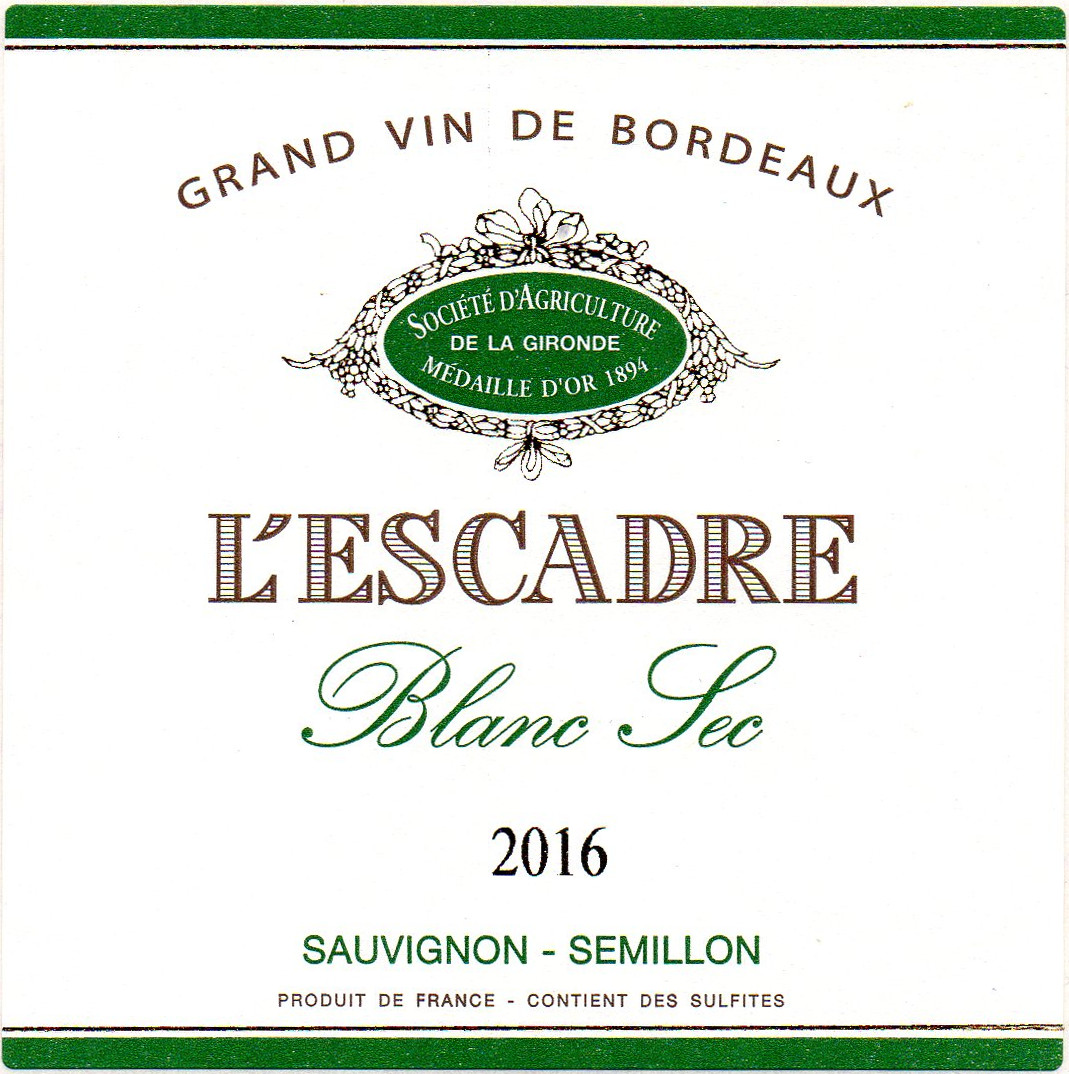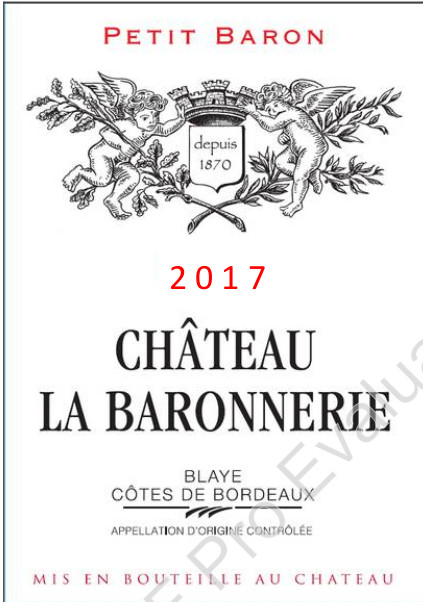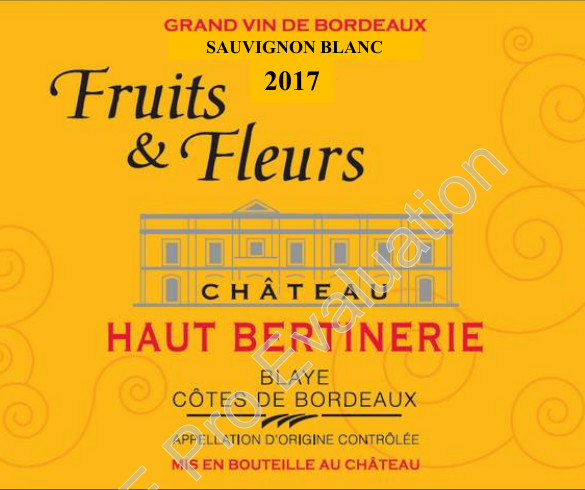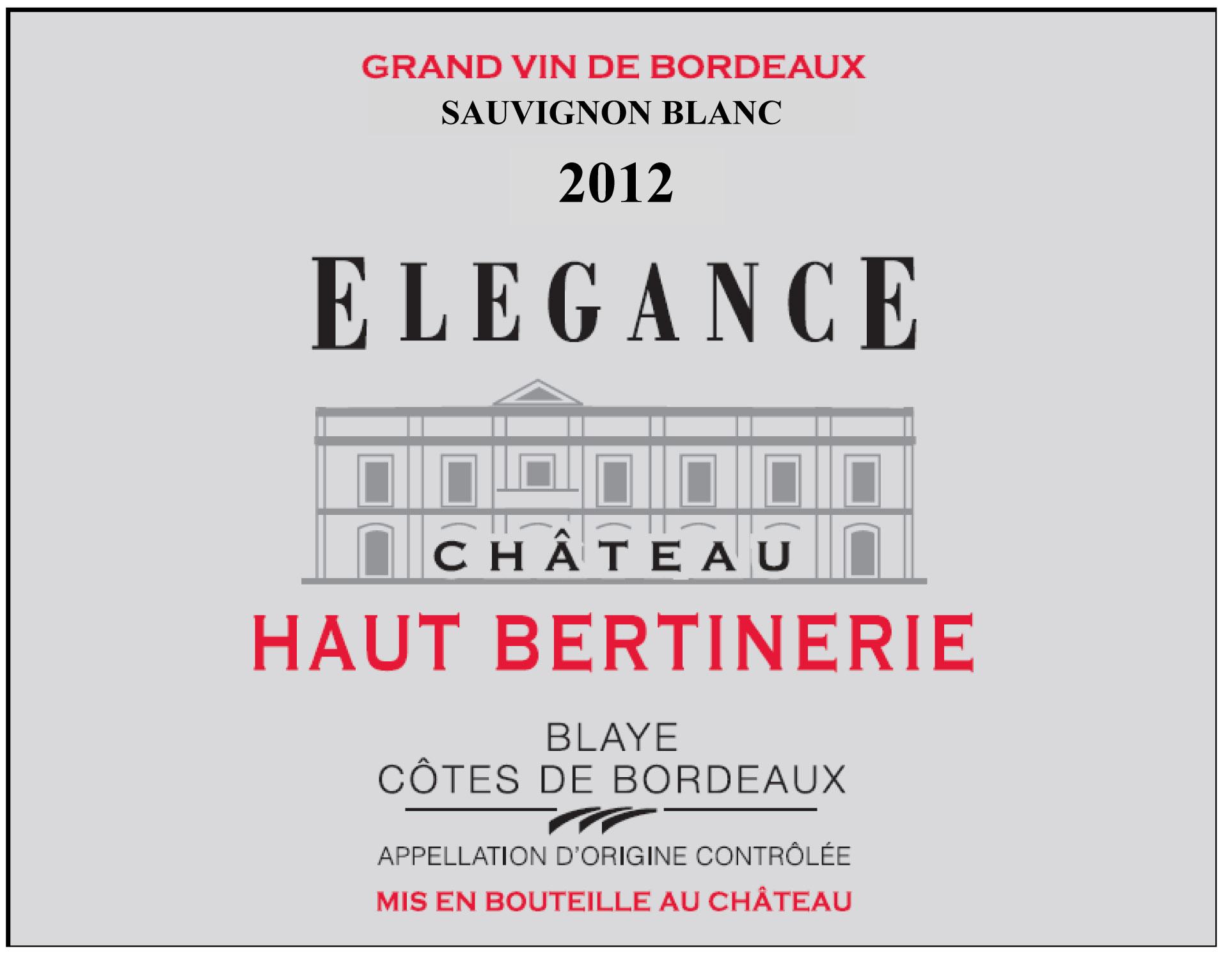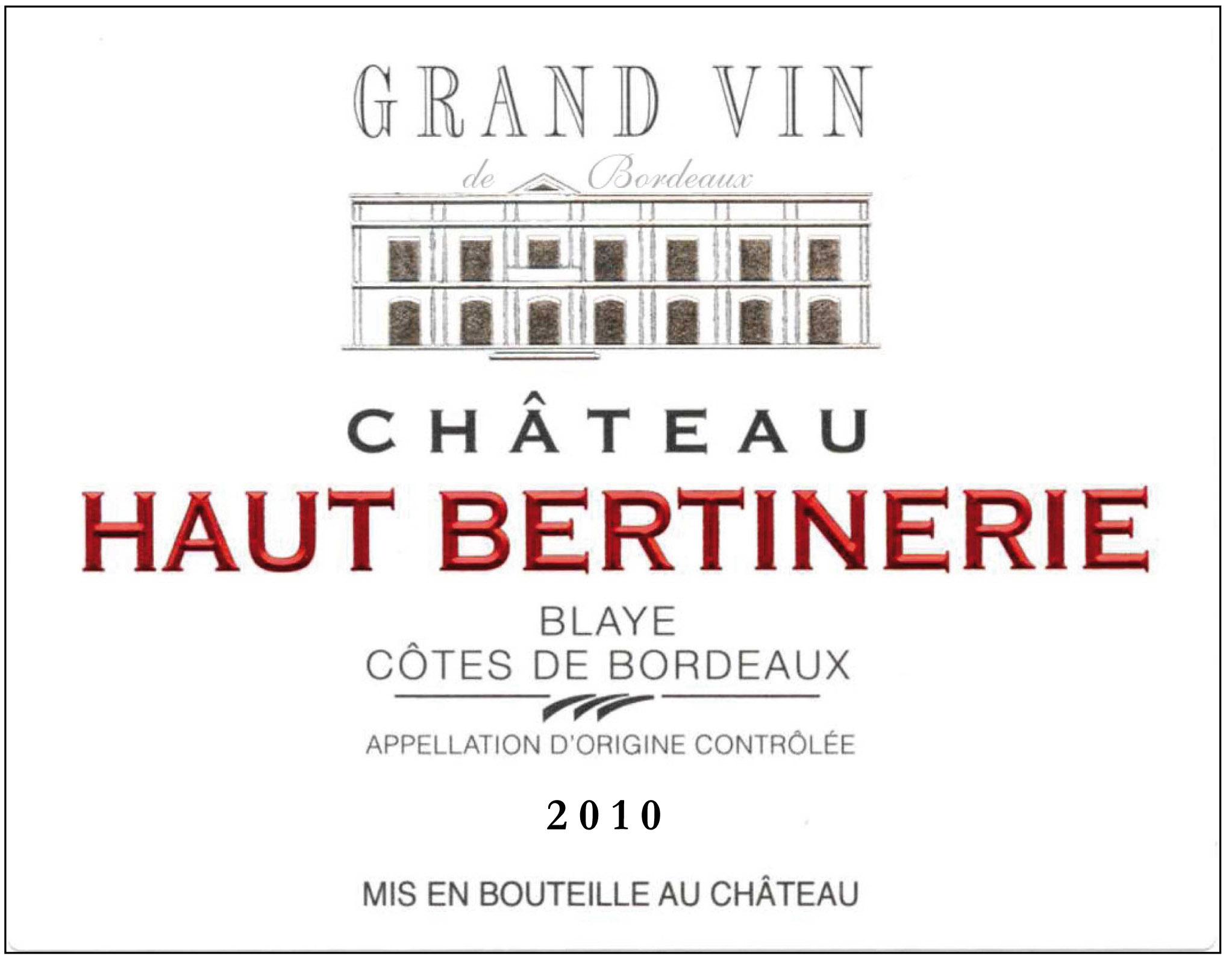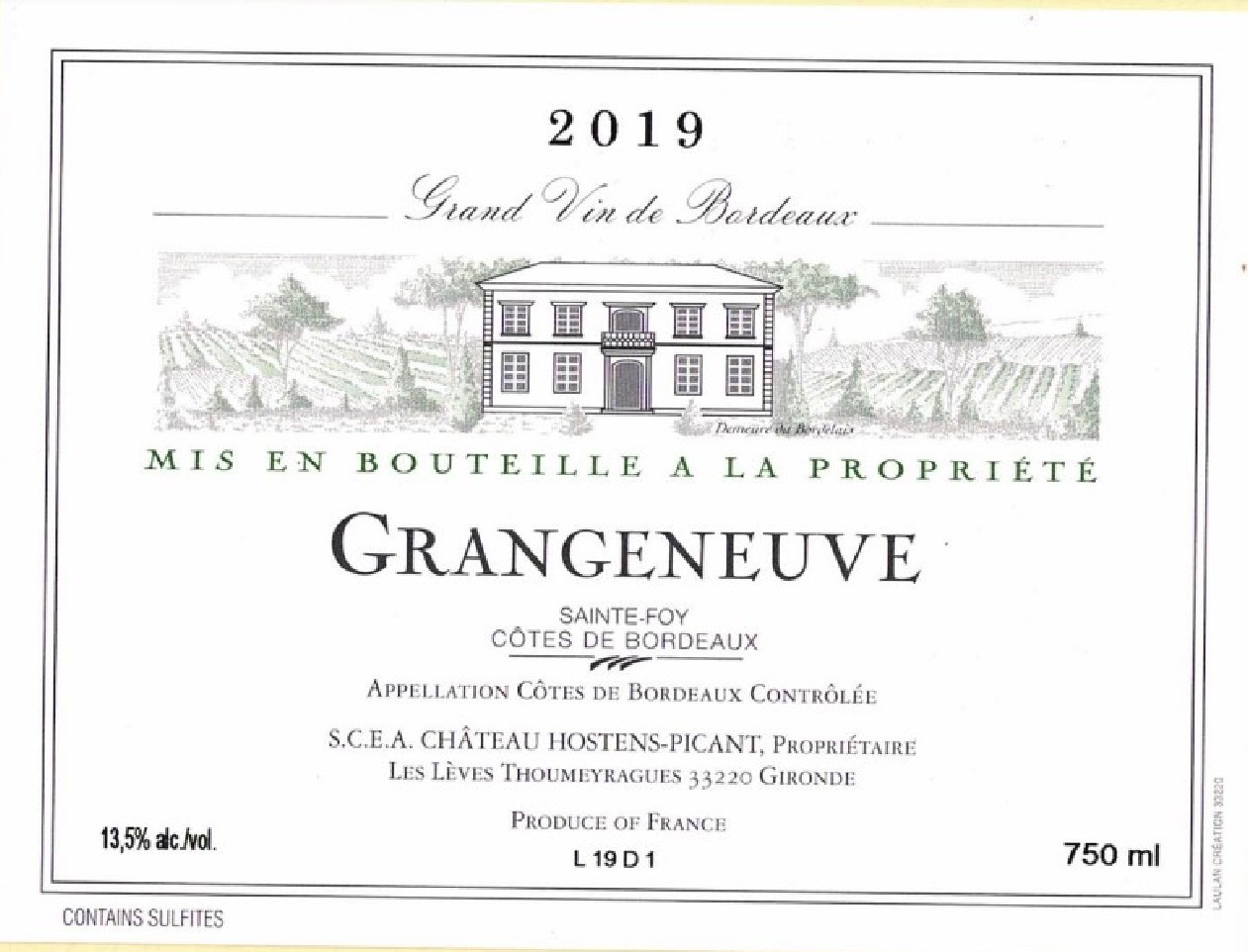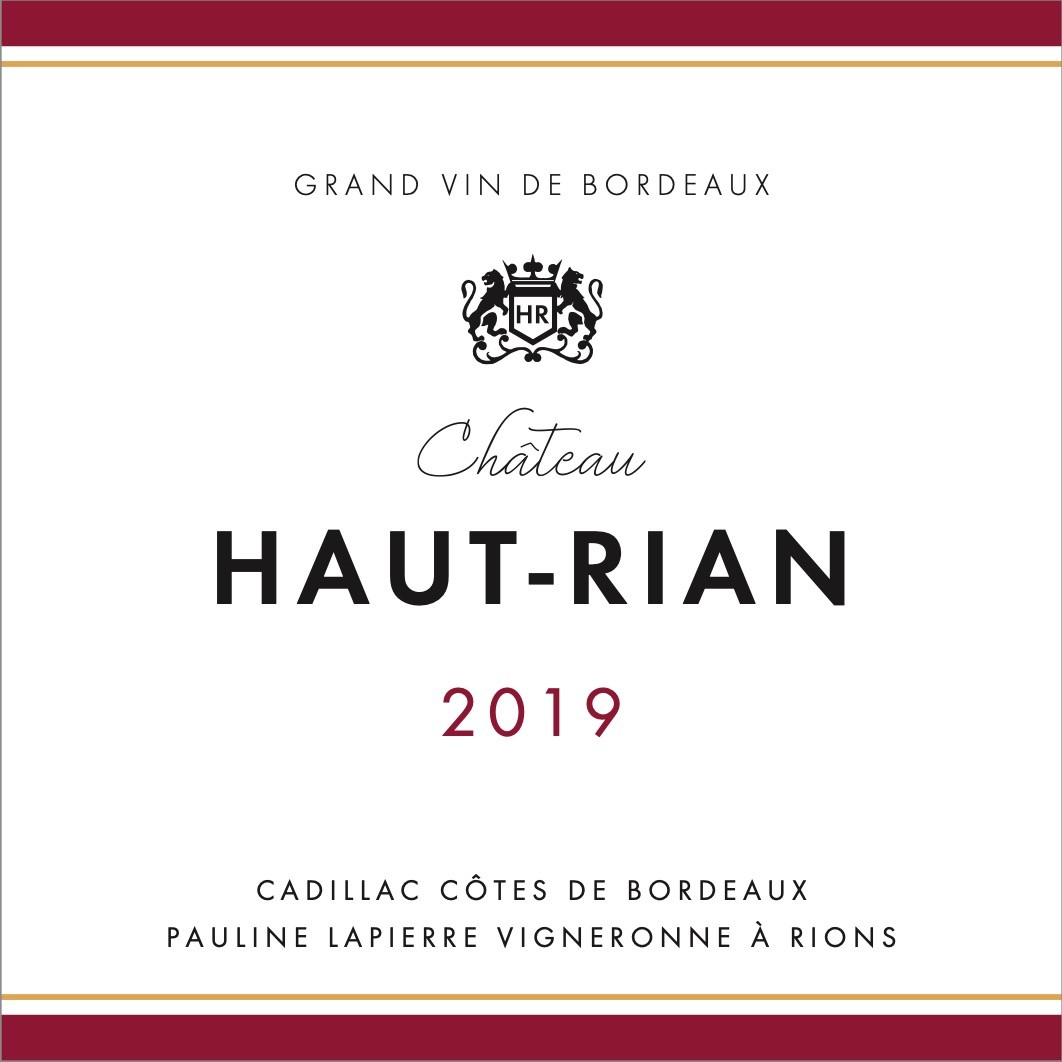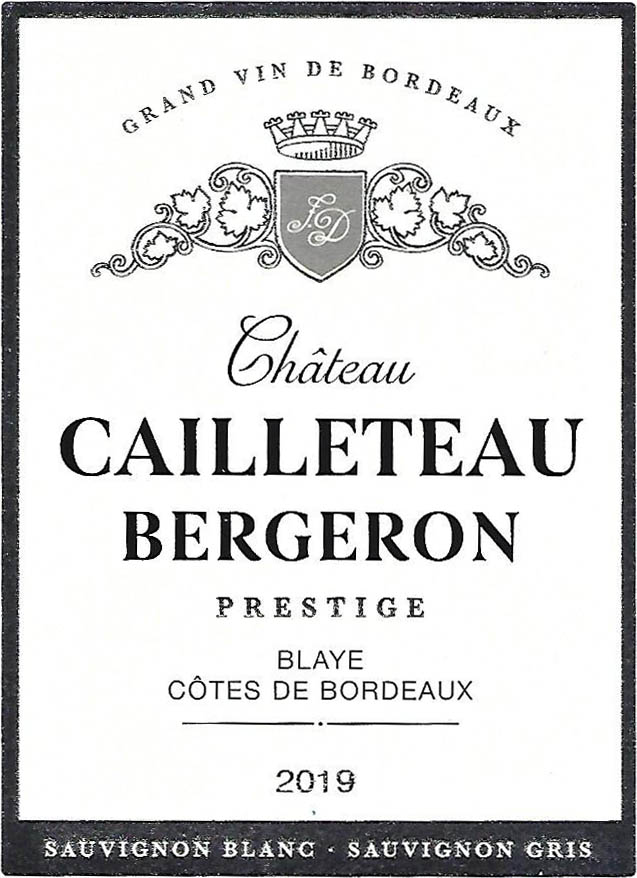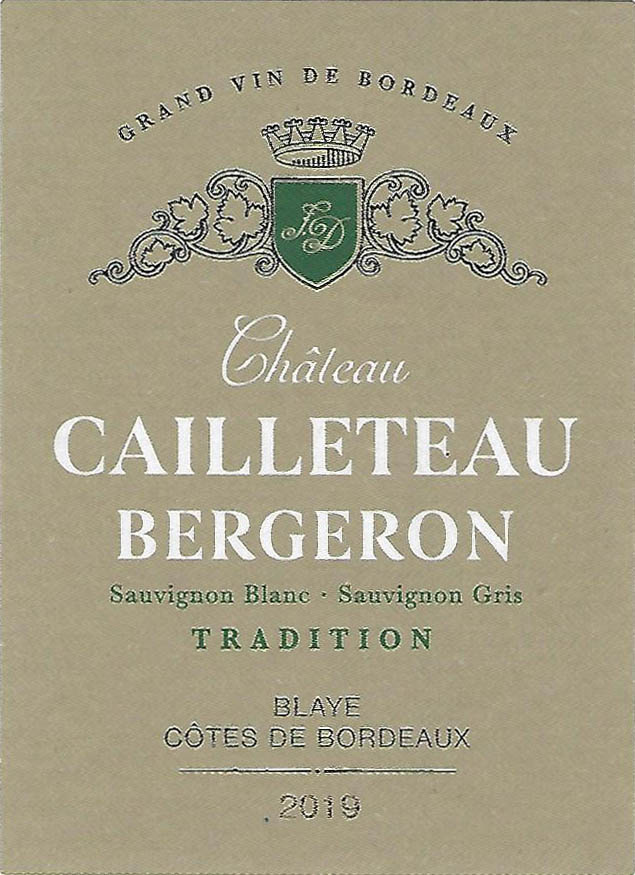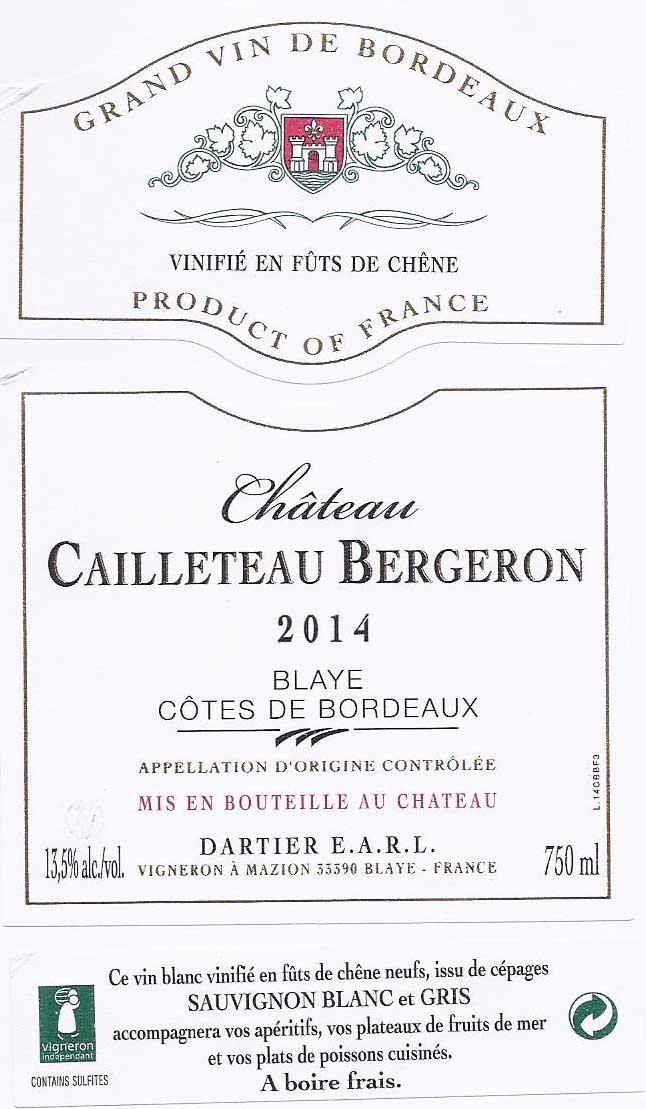Terroir of Côtes de Bordeaux
The diverse terroir of Côtes de Bordeaux significantly impacts its wine styles. In Castillon and Francs, vineyards thrive on limestone and clay, often located on elevated plateaus and slopes. Limestone imparts freshness, while clay helps Merlot ripen well in warm years. Blaye offers a blend of limestone and gravelly alluvial soils, producing lighter, fruitier wines. Near Cadillac, gravel, sand, and clay-limestone mix to create a range from supple Merlot to structured blends.
Microclimates vary with proximity to water and elevation. Cooling breezes benefit vineyards near large water bodies, while higher slopes enjoy cooler nights and good airflow. The moderate climate, influenced by the Atlantic, provides warm, sunny summers and mild winters. This results in ripe yet balanced wines with good texture and fresh acidity. However, spring frost poses a risk, while autumn by the rivers can encourage noble rot.
Notable Wineries in Côtes de Bordeaux
The Côtes de Bordeaux region, with its diverse microclimates and commitment to quality, hosts a variety of notable wineries that capture the essence of this remarkable area. Here are a few key producers that stand out:
- Château d’Aiguilhe: Located in Castillon, this estate is renowned for its rich, Merlot-dominated blends that beautifully express the limestone and clay terroir.
- Château Montlandrie: Also in Castillon, this château offers wines with vibrant fruit flavors and smooth tannins, showcasing the region's potential for value-driven excellence.
- Château Pitray: A historic estate producing elegant wines with a balance of fruit and structure, highlighting the region's heritage.
These wineries exemplify the dedication to crafting Merlot-based blends and the unique characteristics each vineyard site offers.
Sustainable Winemaking in Côtes de Bordeaux
The Côtes de Bordeaux region is at the forefront of sustainable wine practices, with many vineyards adopting eco-friendly techniques to preserve their rich terroir and diverse microclimates. Emphasizing integrated pest management and biodiversity, vineyards utilize cover crops and hedgerows to reduce chemical use. Organic and biodynamic practices are increasingly popular, aligning with national certification standards that promote biodiversity and resource efficiency.
With strict irrigation rules, most vineyards practice dry-farming, capturing and reusing water efficiently. Many are investing in renewable energy, like solar power, and employing gravity-flow cellars to minimize energy use. During winemaking, producers often utilize native yeasts and limit fining or filtration to highlight the unique features of their land. This commitment to sustainability reflects the region's dedication to producing high-quality wines while nurturing the environment.
Wine Tourism in Côtes de Bordeaux
The Côtes de Bordeaux region offers a unique wine tourism experience, blending its rich history and diverse landscapes with a commitment to quality and sustainability. Visitors can explore the region's charming châteaux, where personal tastings of Merlot-led blends and dry whites are a highlight. Enjoying the vineyards' scenic views from the rolling hills or taking a cycling tour through the peaceful backroads adds to the adventure.
Key attractions include the Citadel of Blaye, a UNESCO site, and the historic town of Cadillac. The area also hosts exciting wine events and provides opportunities for food-and-wine pairings with the region's signature dishes. Boat cruises on the Gironde estuary offer a relaxing way to appreciate the picturesque surroundings. This region, with its less crowded ambiance, promises an authentic and inviting wine-country experience.
